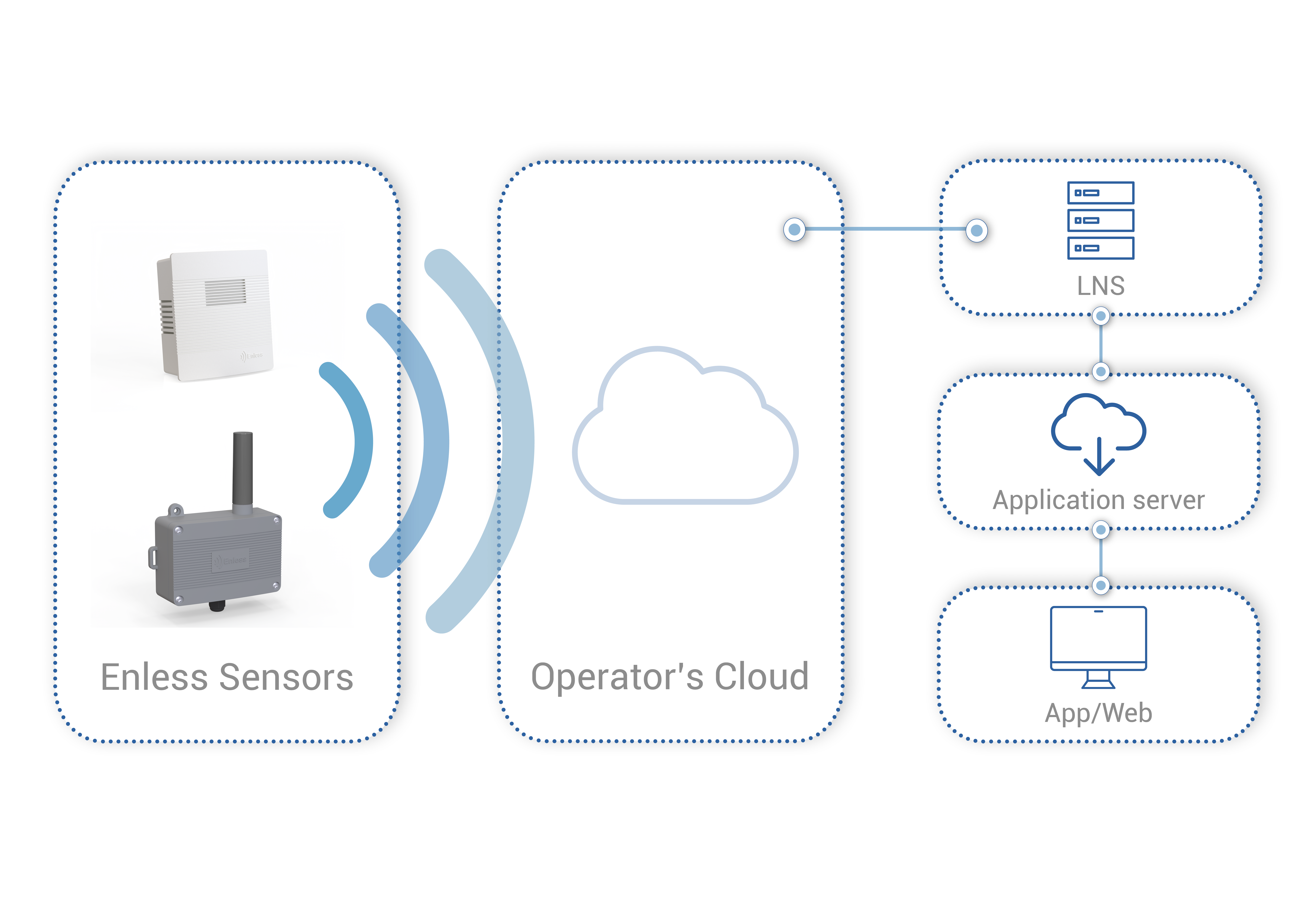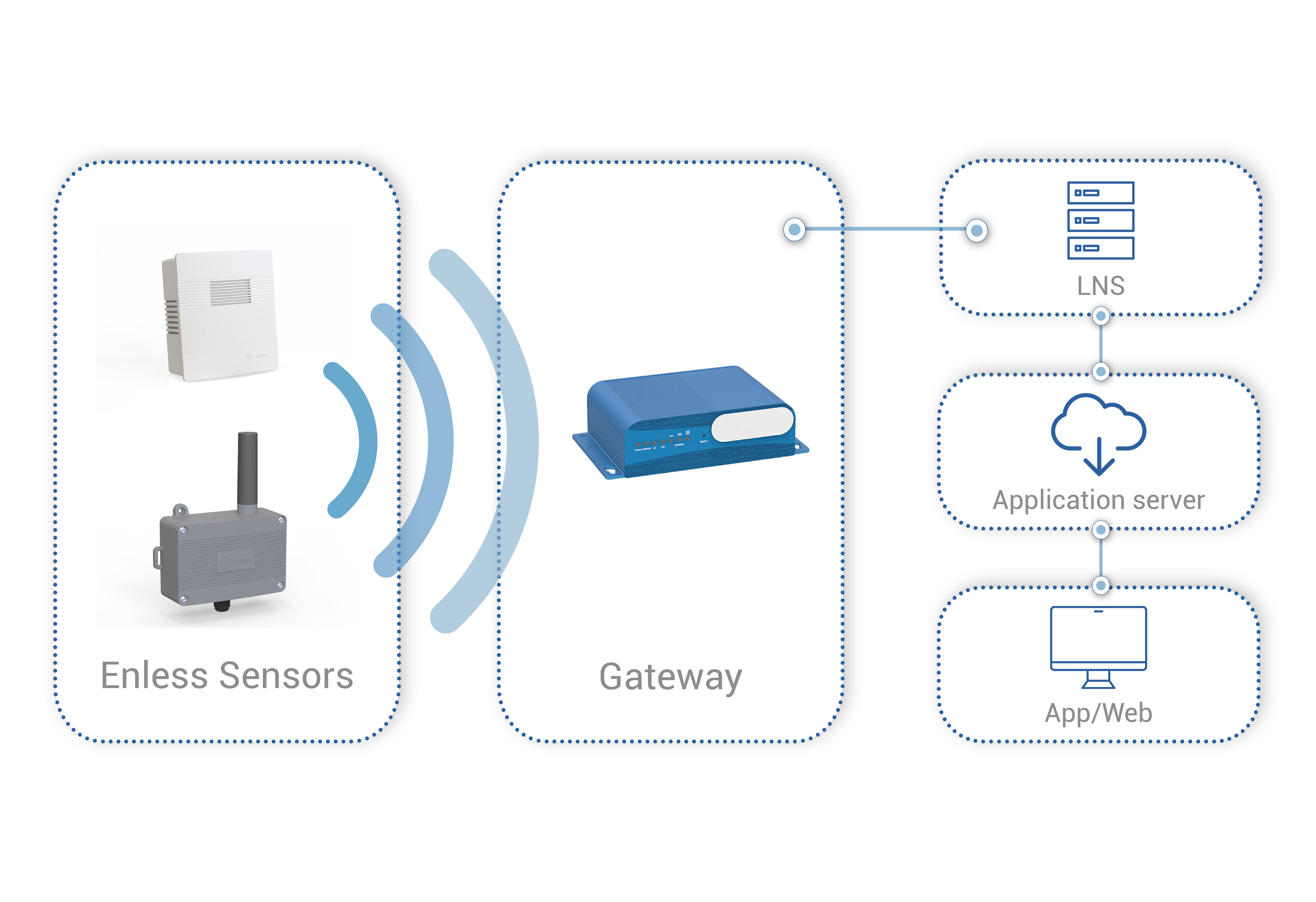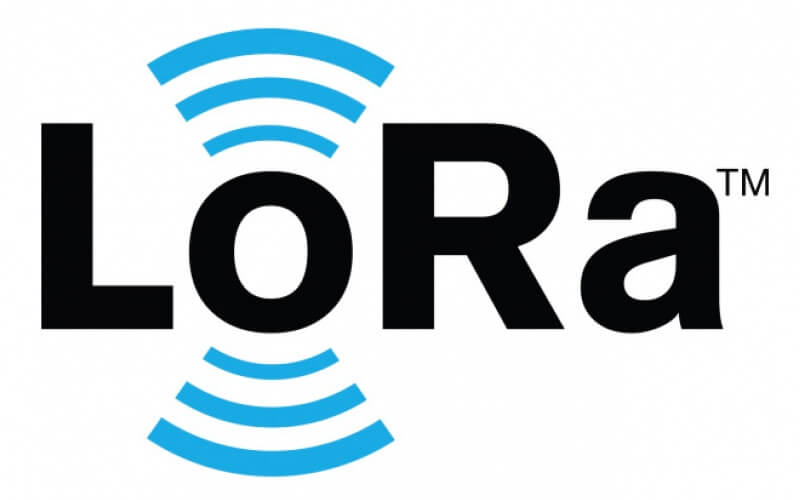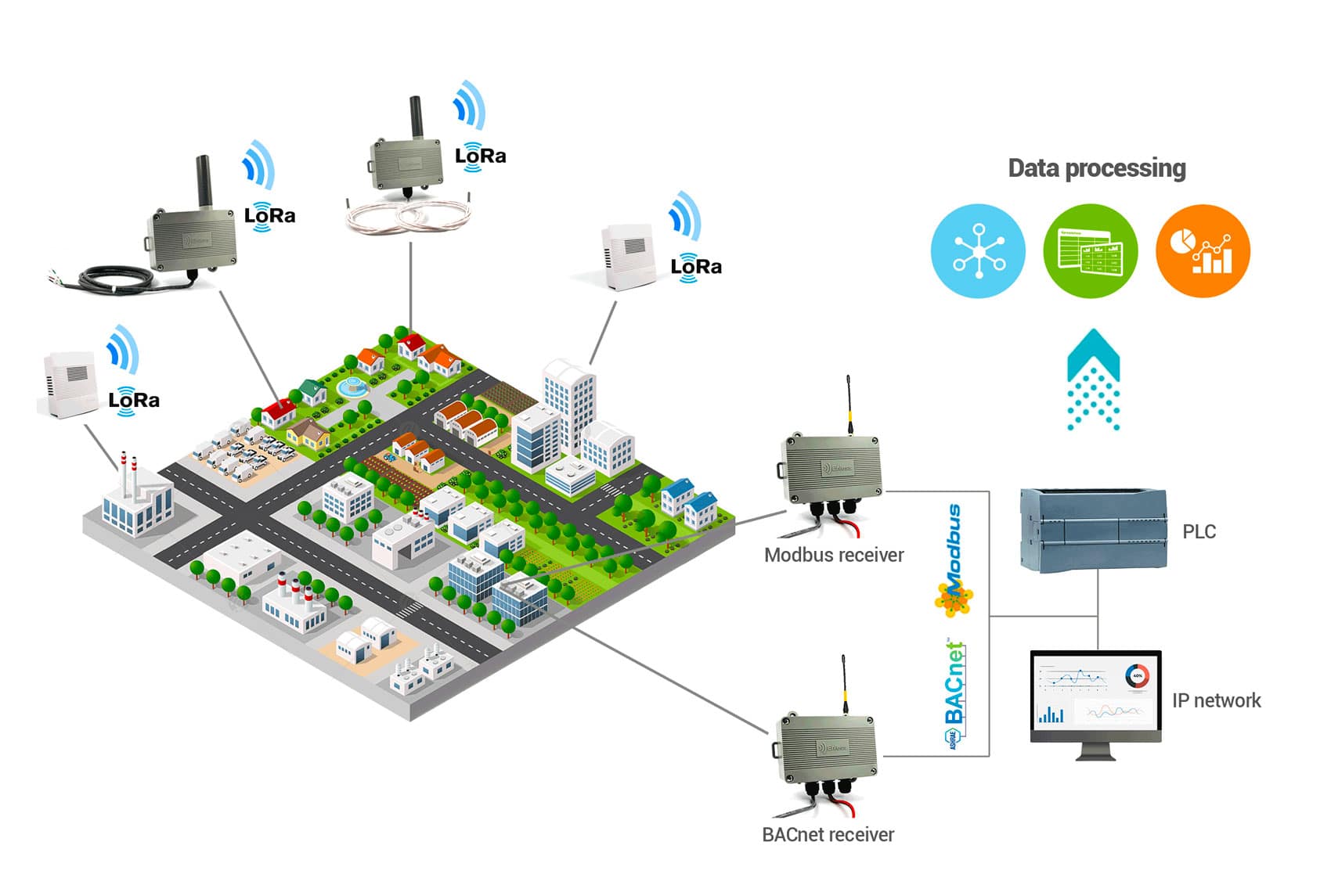
While only 1% of buildings in France are currently been refurbished each year*, the economic recovery plan undertaken by the government several months back, has promised to make building renovation a priority.
At this time on the French territory, service industry buildings themselves, represent nearly a fifth of the final energy consumption.
It is in this context that the French BACS decree, no.020-887 published on July 21st, 2020 in the Official Journal of the Republic, by the Ministry of Ecological Transition, imposes on all new and existing (non-residential) service industry buildings** to be equipped before January 1st, 2025, with an automation and monitoring system for the purpose of contributing to the improvement of their energy performances and the reduction of their CO2 emissions.
What was the regulatory context already in place in France in terms of energy performance of buildings?
The French BACS decree is the direct descendant of the European Directive 2010/31/EU of May 30, 2018 (articles 8,14 and 15) concerning the energy performance of buildings and systems of automation, of monitoring and self-regulation of temperatures in the buildings.
It also follows on from the publication in the month of October 2019, of the service industry decree requiring public and private buildings whose surface area exceeds 1km2, to make regular declarations of their energy consumption on the OPERAT platform – first declaration to be made at the latest in 2021).
With the emergence of this directive and these decrees, it should be noted that the control and supervision of energy consumption within buildings has been very little regulated in France.
What service industry buildings are concerned by the BACS decree? (**)
Concerned by the BACS decree are new and existing buildings whose HVAC (heating, ventilation, air conditioning) systems have a power consumption greater than 290kW but also existing buildings on which the installation or replacement of heat generators is planned.
All types of service industry buildings are concerned. These can be office buildings, hotels, warehouses, tower-blocks, etc.
Which service industry buildings are exempt? (**)
There is a clause according to which, the owners of existing buildings can have a waiver of the obligation of implementing an automation and monitoring system within their establishment. For this, they must prove the technical or economic impossibility of implementing such systems. An investigation must be performed demonstrating an impossible return on investment within six years that follow the installation of the solution.
How in reality can an automation and monitoring system be implemented in their building?
From the point of view of energy performances of the building, the automation and monitoring system specified by the BACS decree in fact concerns the HVAC equipment of the building and its BMS.
Here is a preview of the features and objectives aimed for in this decree:
- Continuous monitoring via regular, reliable measurements of energy consumption (electricity, water, gas, energy, etc.) for the purpose of providing a real-time analysis and of taking corrective measures if excess or incidents are observed
- The establishment of an overall energy balance of the building taking together all of the various energy data measured in real-time and comparing them with respect to reference threshold values. In case of a disappointing balance, the loss of efficiency detected and localised on systems could and must be corrected.
Enless Wireless provides an appropriate response on the remote, real time measurement of energy data, using its different ranges of sensors dedicated to the measurement of temperature, relative humidity, air quality but also the remote measurement of energy consumptions via electricity, water, gas and energy meters.

To consult our range of Wireless M-Bus 169 MHz products, go to https://enless-wireless.com/en/169-mhz-range/
To consult our range of LoRa(WAN) products, go to https://enless-wireless.com/en/lora-products-range/.
To consult our ranges of Sigfox products, go to https://enless-wireless.com/en/sigfox-high-power-z1-range/ (RCZ1) and https://enless-wireless.com/en/sigfox-z4-range/(RCZ4).
Apart from the regulatory aspect, the energy and economic benefits expected thanks to the installation of an automation and energy performance monitoring system of a building are indeed real! The hoped-for return on investment varies from 1 to 6 years given the tangible benefits such as the improvement of user comfort and the deployment of services to occupants and operators.
Many integrator partners of Enless Wireless can assist you in implementing your complete automation and monitoring system for your building.
Do not hesitate to contact us at the address .
* Source : Wattsense ( https://blog.wattsense.com/building-management/bacs-energy-eu/ ).
Click on the icons below to post this article on social networks >>>







